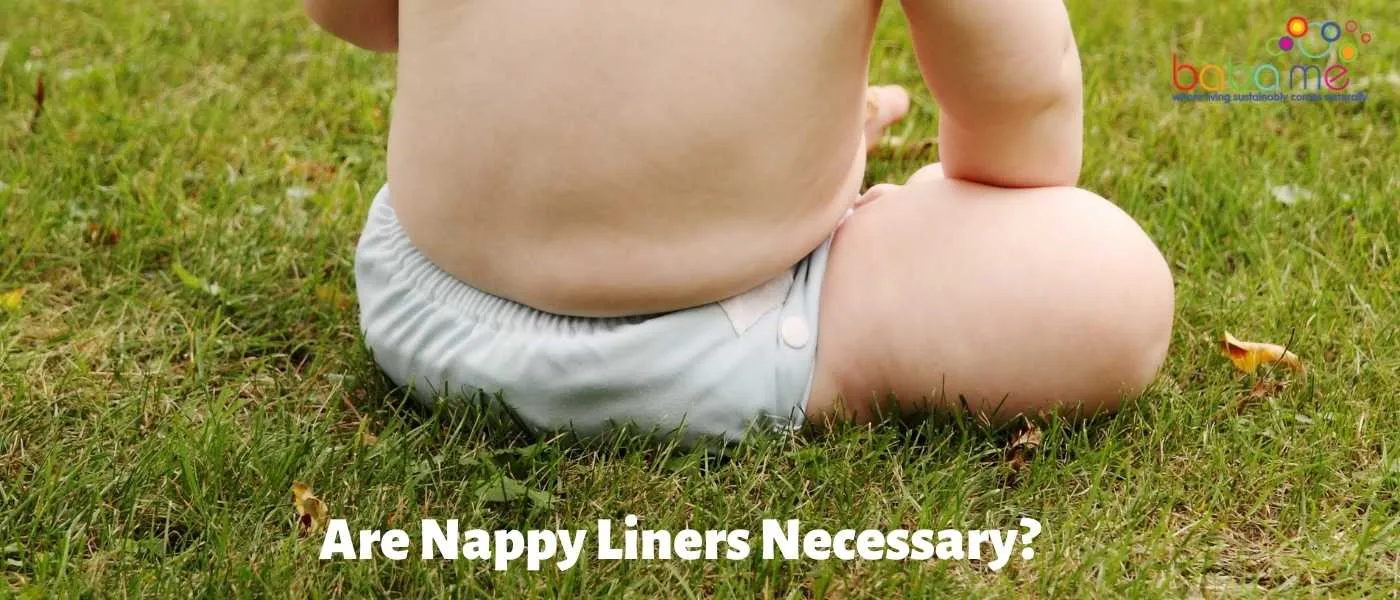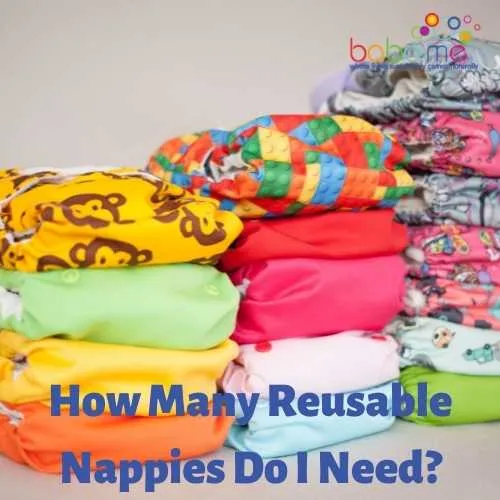While you can certainly manage without nappy liners, and probably will on many an occasion, they do serve a purpose and can make using cloth nappies and dealing with nappy changes easier.
Nappy liners can be either reusable, often made of fleece or sometimes silk, or they can be disposable, unusually made of viscose or rayon which is biodegradable but far more robust than tissue.
How Nappy Liners are Used and What They Do
Nappy liners are the last layer you put on when you are building your nappies and they go between the absorbent layers of the nappy and babies bottom where they perform a number of functions. Primarily they are there to catch the poo. The thin fabric allows liquid to quickly soak through to the more absorbent layers while solids are caught making them easier to dispose of.
In the case of disposable liners, the soiled liner can simply be bagged and binned. With reusable liners, poo is disposed of down the toilet and the liner is then folded back up with the nappy or put in the nappy bin ready for washing.
As well as keeping solids away from the bulk of the nappy, which not only makes changes easier but also makes washing the nappies easier as well, using a liner protects inserts and boosters from being stained by nappy ointment and barrier creams that can be necessary for protecting babies bottoms from nappy rash or helping them heal if they do get it.
Finally, if you choose reusable fleece liners the material they are made of is excellent at wicking moisture away from the skin so they help to keep babies dry.
This is really important for babies that have sensitive skin and also overnight when they could be sleeping in a wet nappy for hours between changes.
Do You Need to Use Nappy Liners
As you can see there are a number of benefits to using nappy liners but that doesn’t mean that you need to use them. Some nappies come with a built-in fleece stay dry layer to keep the baby feeling dry so you would then be using them more to protect the nappies and prevent staining and for ease of getting rid of the poo than for their function in keeping the baby dry.
You might also decide not to use a liner until the baby is weaned as until that point their poop can go in the machine, especially if you run a rinse cycle first, meaning you don’t need to worry about the ease with which you can flush it down the toilet.
Some people also find that disposable liners, because they are so thin, can get bunched up in the nappy and therefore aren’t all that effective, and can even cause nappy leaks in some instances. Reusable nappy liners tend to stay in place better and not cause these issues so if you are having trouble you might want to try these before opting out of using liners altogether.
Take Aways
•Nappy liners are either reusable (usually made of fleece or silk) or disposable (usually made of viscose or rayon, which is biodegradable).
• They are placed between the absorbent layers of the nappy and babies bottom.
• Nappy liners primarily catch poo. The thin fabric allows liquid to quickly soak through to the more absorbent layers, while solids are caught making them easier to dispose of.
• Using a liner protects inserts and boosters from being stained by nappy ointment and barrier creams that can be necessary for protecting babies bottoms from nappy rash or helping them heal if they do get it.
• Reusable fleece liners material wicks moisture away from the skin so they help to keep babies dry, which is important for sensitive skin overnight








